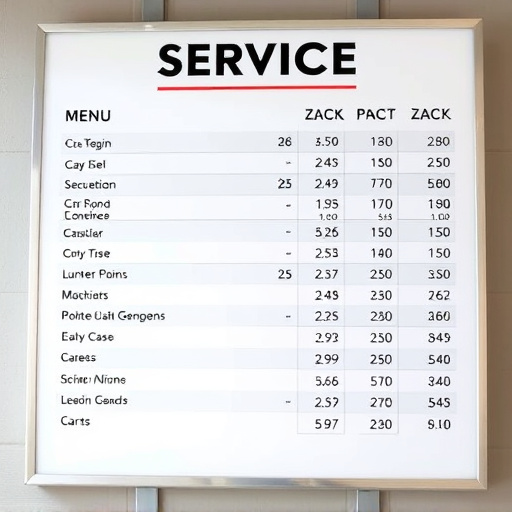Car owners seeking DIY performance upgrades can significantly improve engine power and efficiency by installing a Cold Air Intake (CAI) system. This guide emphasizes the importance of preparation, using model-specific kits and tools, for a seamless installation process. By locating an appropriate intake area, replacing the factory filter, securing the CAI with a torque wrench, and reattaching sensors, DIYers can achieve optimal airflow and enhanced vehicle performance. Proactive troubleshooting, utilizing online resources, and following step-by-step instructions ensure successful CAI installation.
Unsure why your car’s not running smoothly? You’re not alone. Common car problems can range from simple fixes to complex issues. This comprehensive guide aims to empower DIY enthusiasts with knowledge and practical solutions. We’ll delve into understanding basic vehicle malfunctions from a DIYer’s perspective, focusing on the benefits of cold air intake installation—a popular modification for improved engine performance. Additionally, we offer troubleshooting tips for quick and effective problem-solving. Get ready to tackle these issues head-on with our detailed step-by-step guide on cold air intake installation.
- Understanding Common Car Problems: A DIYer's Perspective
- The Benefits of Cold Air Intake Installation: A Step-by-Step Guide
- Troubleshooting Tips for Effective Solutions
Understanding Common Car Problems: A DIYer's Perspective

Many car owners, especially those with a penchant for DIY projects, often encounter common issues that can be both frustrating and costly if left unattended. Understanding these problems is the first step to becoming more self-sufficient in maintaining your vehicle. One such issue that has gained popularity among DIY enthusiasts is an inefficient air intake system, which can significantly impact engine performance.
A cold air intake (CAI) installation guide DIY is a valuable resource for car owners looking to enhance their vehicle’s capabilities. By directly drawing cold, dense air from outside the engine bay, a CAI system provides a richer fuel mixture, resulting in increased power and torque. This simple modification is not only cost-effective but also relatively straightforward when approached with the right guide and tools. With a step-by-step process, DIYers can navigate the challenges of installing a CAI, ensuring optimal performance and potentially saving money on more complex repairs.
The Benefits of Cold Air Intake Installation: A Step-by-Step Guide

Cold Air Intake (CAI) installation is a popular modification among car enthusiasts, offering both aesthetic and performance benefits. This step-by-step guide will walk you through the DIY process, helping you maximize your vehicle’s potential. First, you’ll need to gather the necessary tools and components, including a CAI kit designed for your specific car model, bolts, gaskets, and a torque wrench. Find a suitable location, typically under the hood, for the air intake, ensuring it’s clear of any obstructions.
Next, start by removing the factory air filter housing, carefully detaching any sensors or wires connected to it. Install the new CAI according to the kit’s instructions, positioning it securely and tightening the bolts with the torque wrench. Ensure proper sealing with gaskets where required. Reattach any sensors or wires that were removed. The final step involves testing your new setup; start the engine and check for leaks, ensuring optimal air flow. Enjoy the enhanced performance and improved fuel efficiency that a well-installed cold air intake brings to your vehicle.
Troubleshooting Tips for Effective Solutions

Troubleshooting is a vital skill for anyone looking to implement effective solutions, especially when it comes to automotive modifications like cold air intake (CAI) installation. If you’re considering a DIY CAI installation guide, understanding potential problems and their remedies beforehand can save you time and frustration. Common issues may include incorrect fitment due to variations in vehicle models or poor-quality components. To avoid these, rely on detailed step-by-step guides tailored to your specific car make and model.
Additionally, ensure all tools and parts are compatible and of high quality. Regular checks during the installation process can help identify and rectify problems early on. For instance, if you notice a leak or poor air flow, double-check connections, gaskets, and fittings. Online resources and forums can be invaluable for troubleshooting tips specific to your CAI model. By being prepared and proactive, you’ll enhance the chances of successful and efficient cold air intake installation.
In conclusion, understanding common car problems and having practical solutions like a step-by-step cold air intake installation guide can empower any DIYer. By familiarizing yourself with basic troubleshooting tips, you can efficiently navigate various issues. This article has provided valuable insights into these areas, enabling you to tackle challenges head-on with confidence. For those interested in enhancing their vehicle’s performance, the benefits of a cold air intake installation guide DIY are clear.














